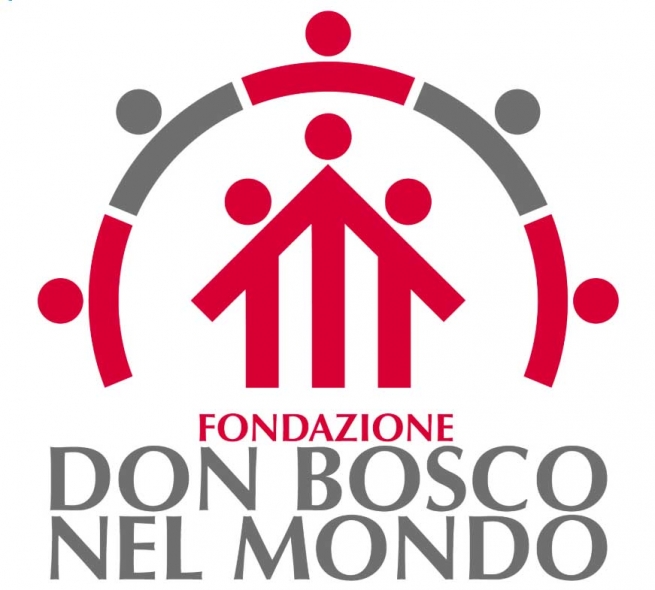In the logo, the house at the center is the symbol of hospitality: a place open to all those looking for support, where Don Bosco welcomes two young people who need help. The arms symbolize both a safe shelter and an arrow that tends upwards to the Trinity and to the love of God, while the semicircle of five people is stylized as they, from the five continents, huddle in a virtual embrace, receiving and giving their support.
“Our mission does not change,” the Foundation says reassuringly. “We will always be next to the most needy with educational projects, support for the most vulnerable sections of the population, female empowerment, protection of minorities, and our common home. Our vision and our goal are to educate young people and allow them to be the architects of their own change and to provide them with the necessary tools to build their own future.”
In supporting Salesian works in over 130 countries around the world, the "DON BOSCO NEL MONDO" Foundation contributes to providing food, shelter, medical care, education and vocational training to children and young people in difficult situations; and in the selection of projects, the Foundation favors difficult territorial situations and emergencies and structures that do not have the resources necessary for their sustenance.
Just to cite a few examples of the work done in the last year: in N'Djamena, Chad, the "DON BOSCO NEL MONDO" Foundation supported the literacy project involving 300 girls between the ages of 16 and 22, girls who were exposed to the risk of violence, exploitation and forced marriages.
In Paraguay, the Foundation accompanies the Salesians who are active at the Abierto "Don Bosco Róga" Integral Educational Center, and raises funds so that it can continue and improve its service to nearly 400 poor and abandoned young people.
In Zambia, in Mansa, where access to water is a serious obstacle to development, the Foundation has helped the Salesian community to equip itself with a well and water-supply equipment, thus allowing agricultural production and breeding to the advantage of 500 families from 5 villages.
For more information:


